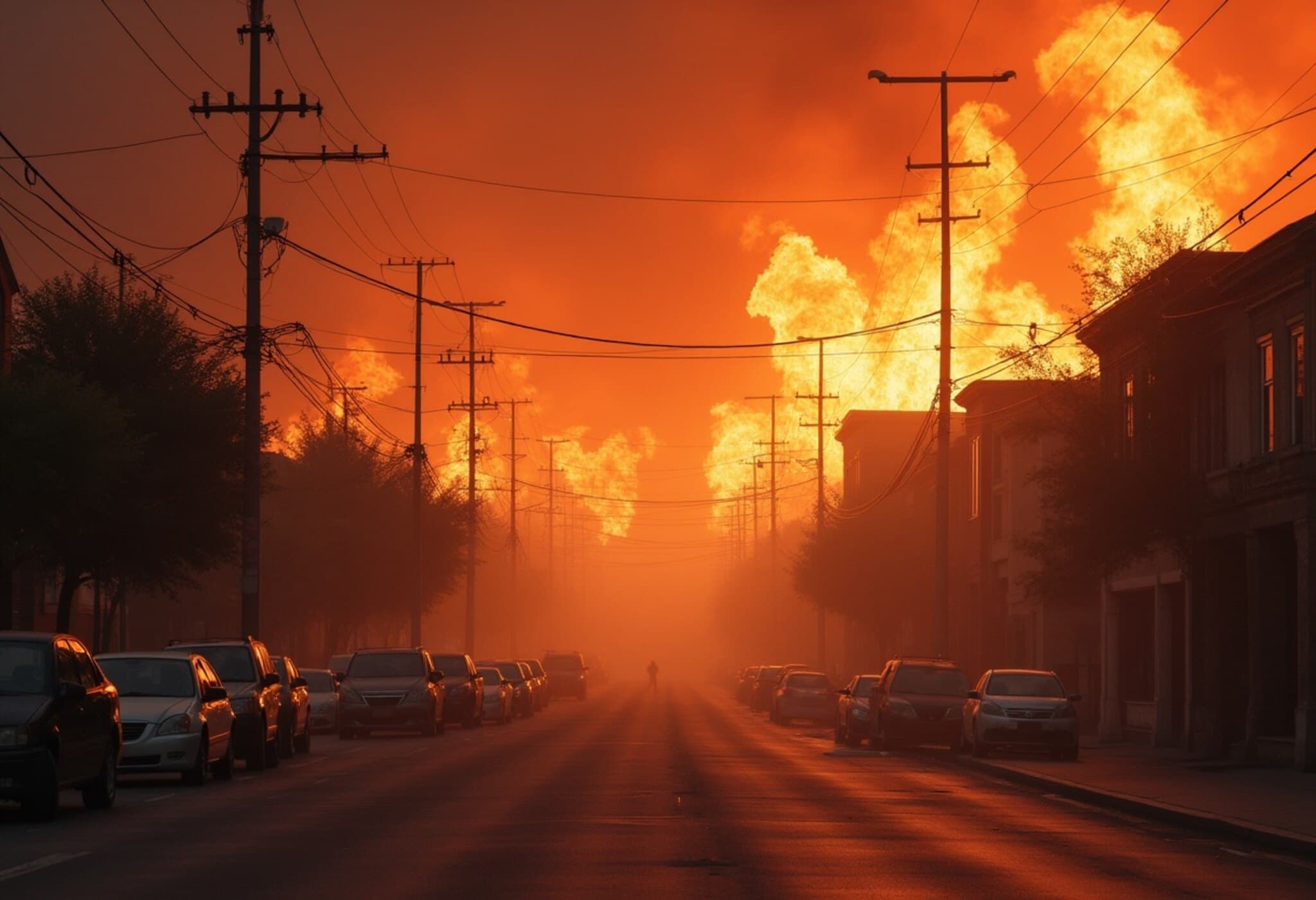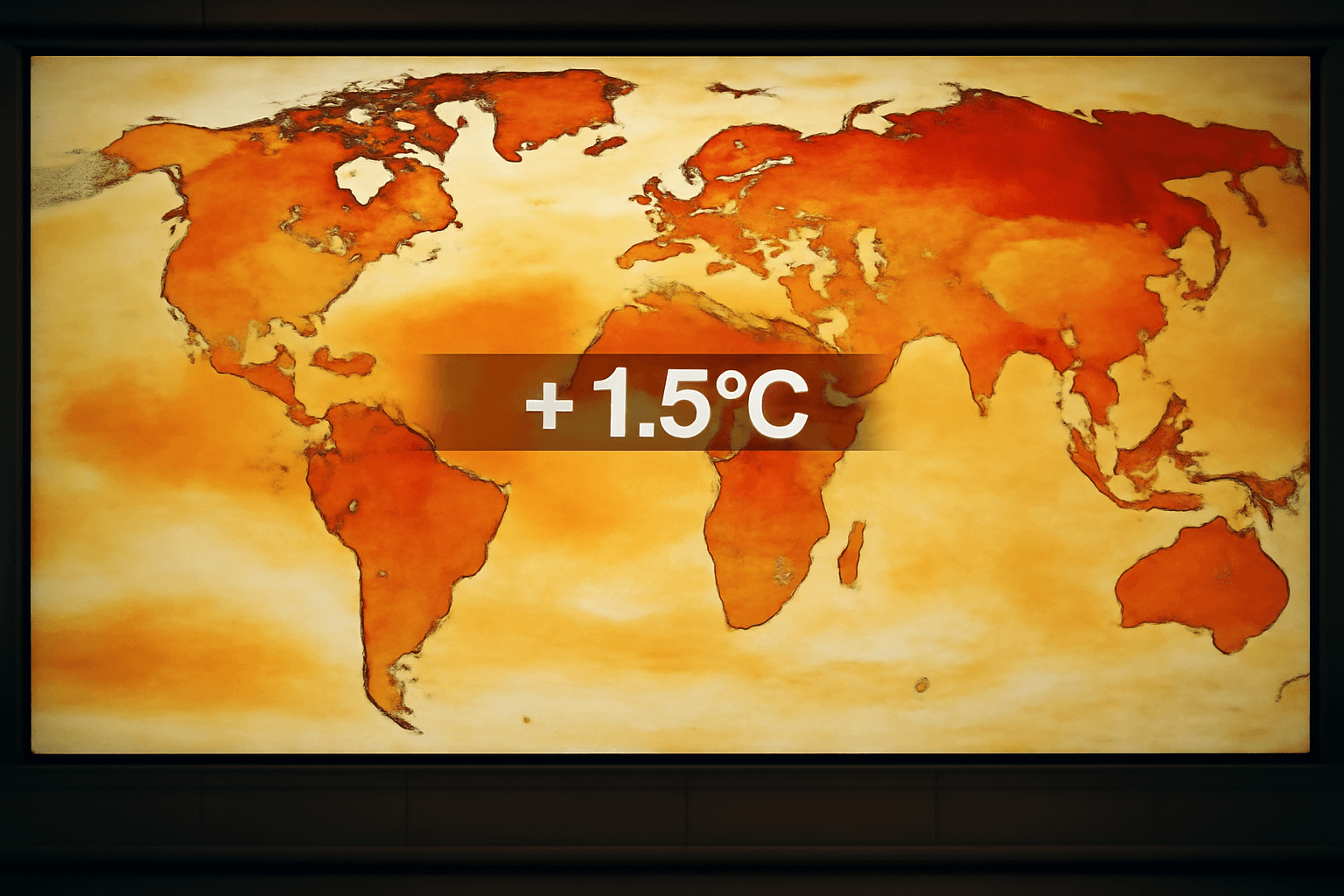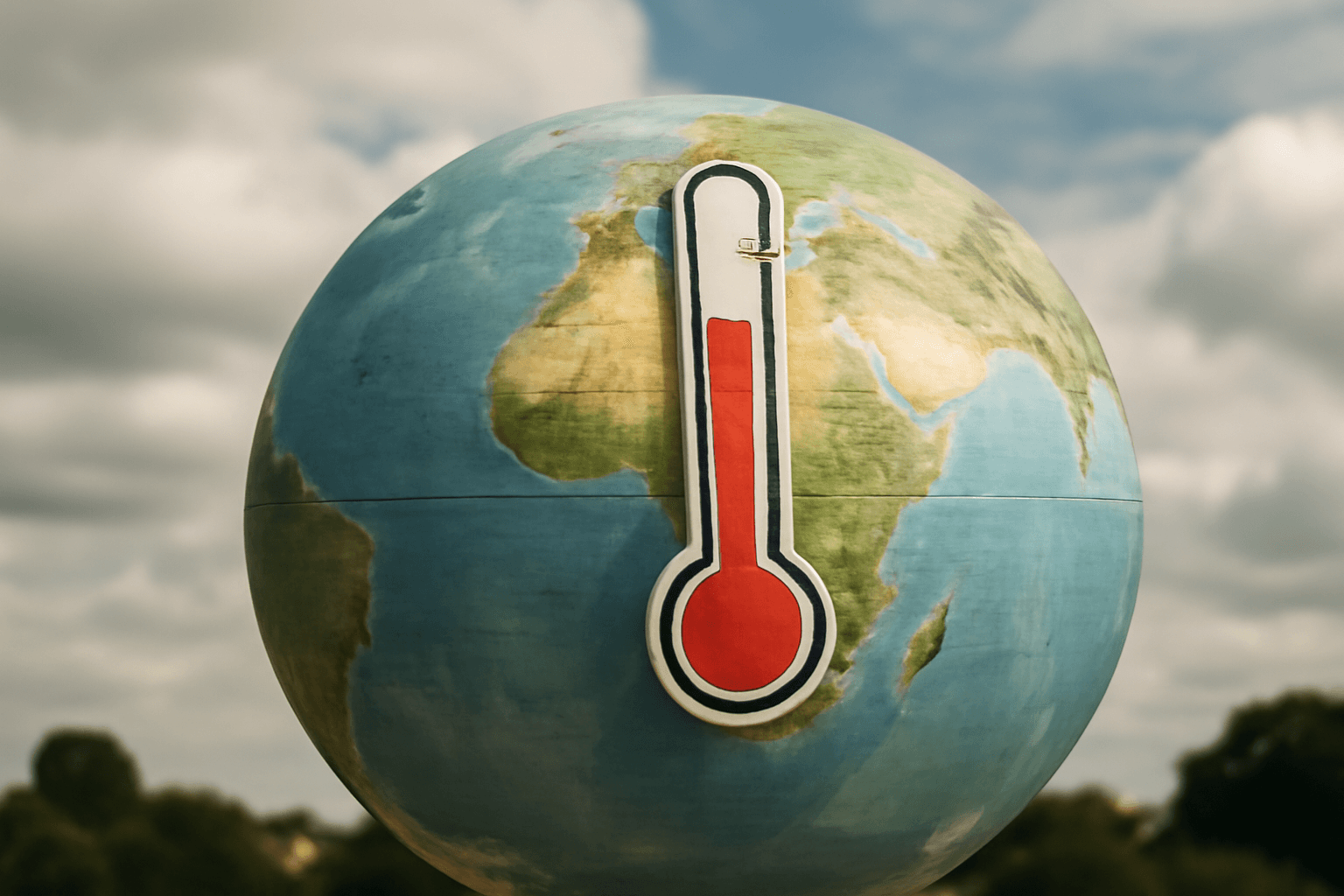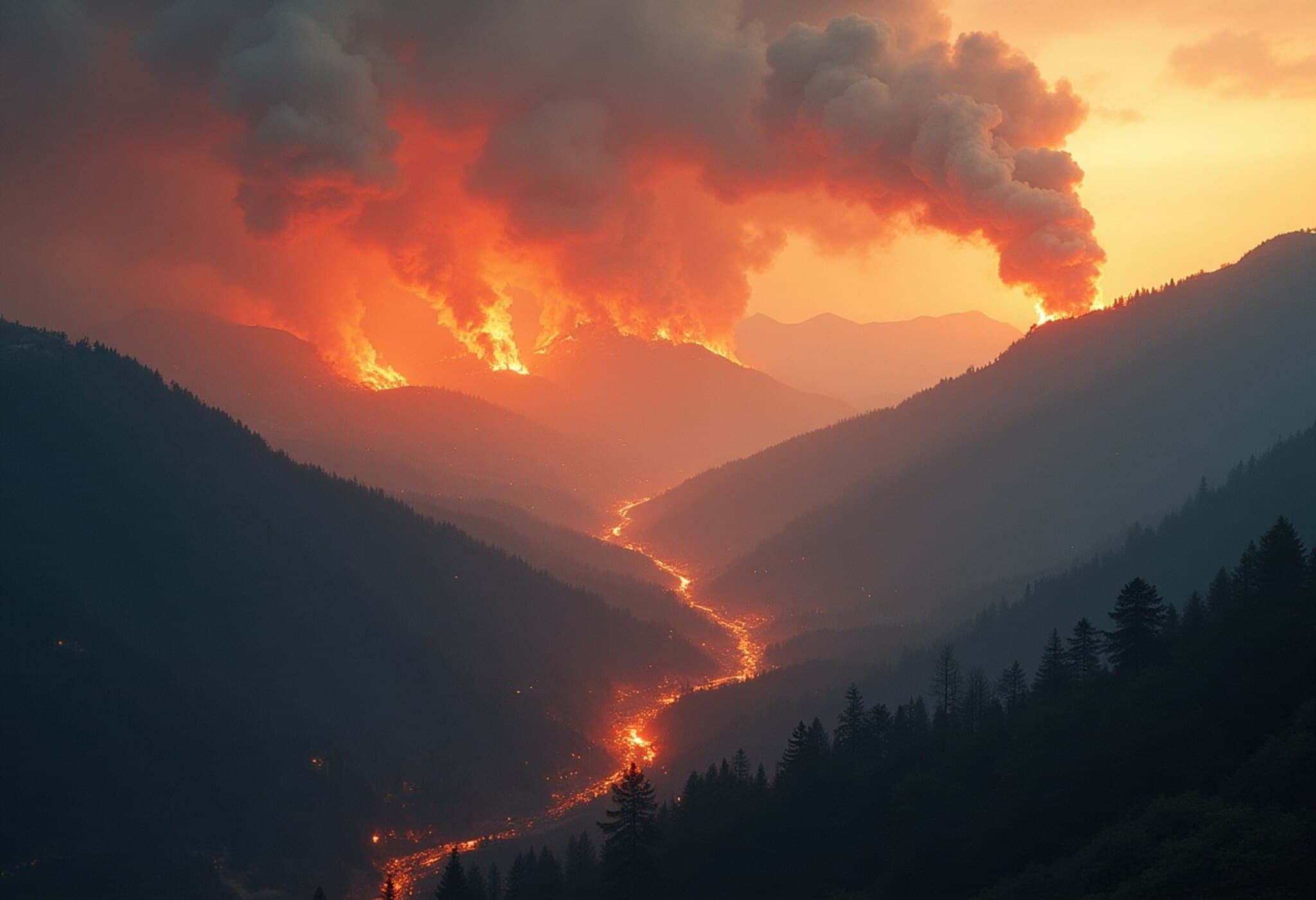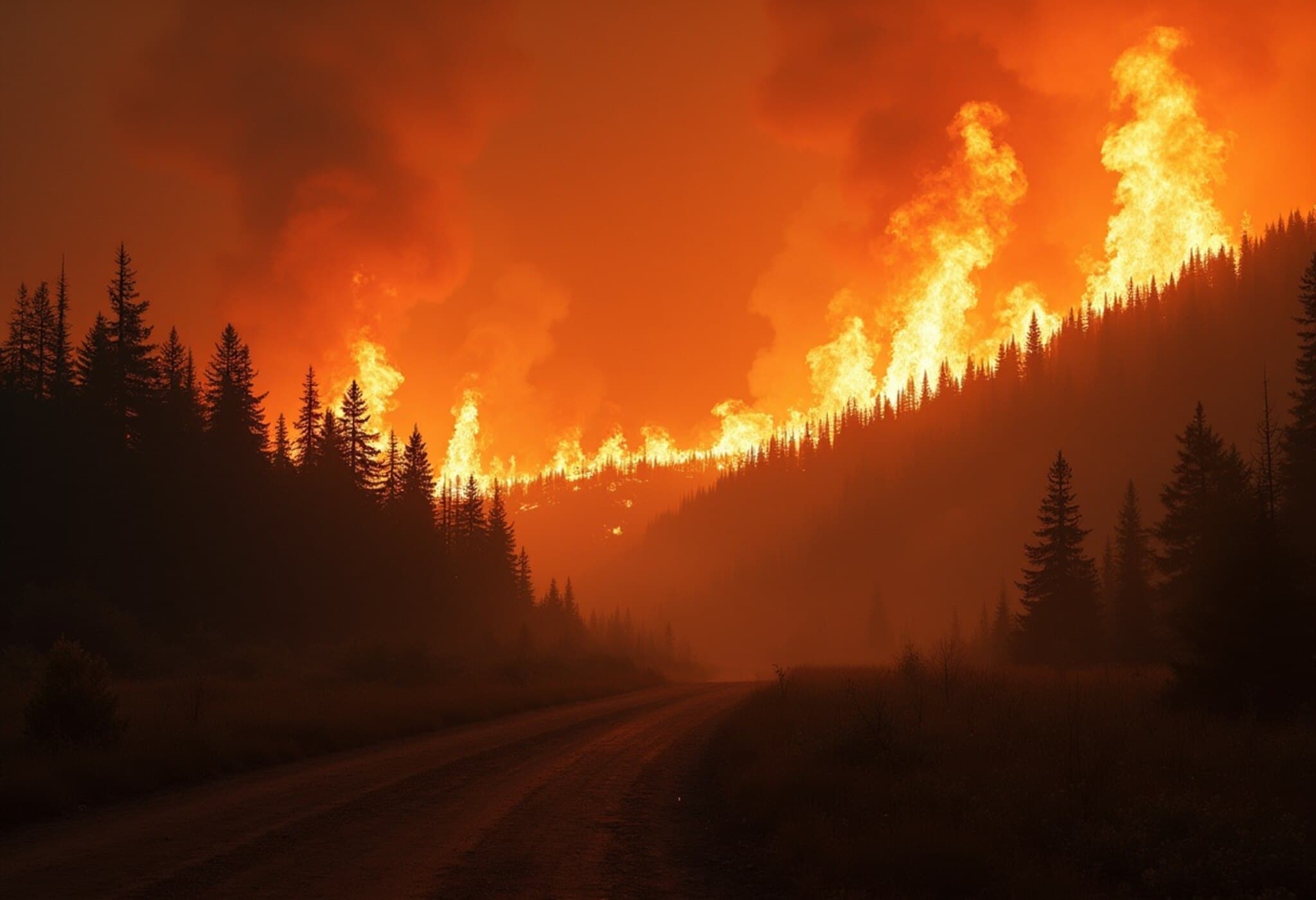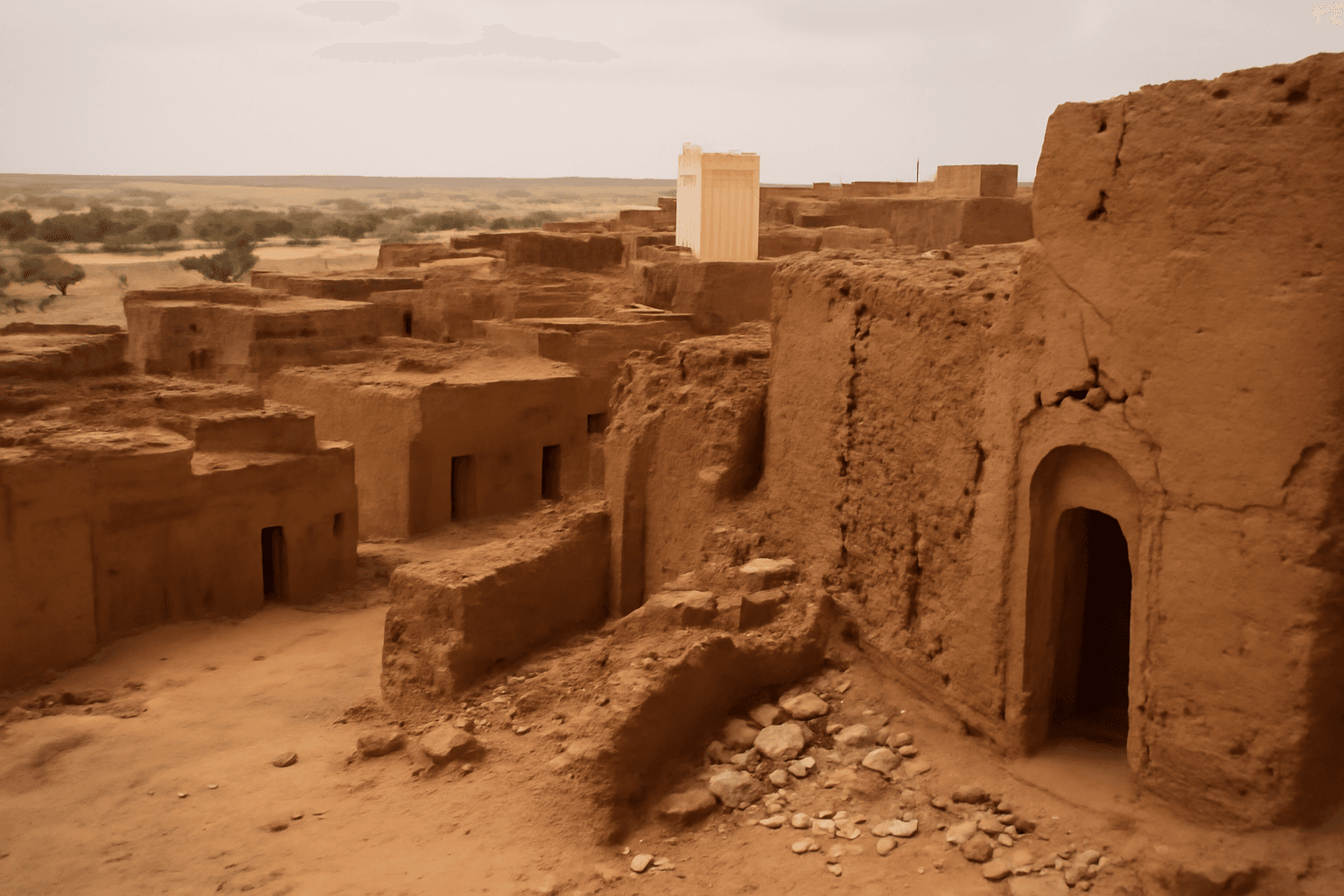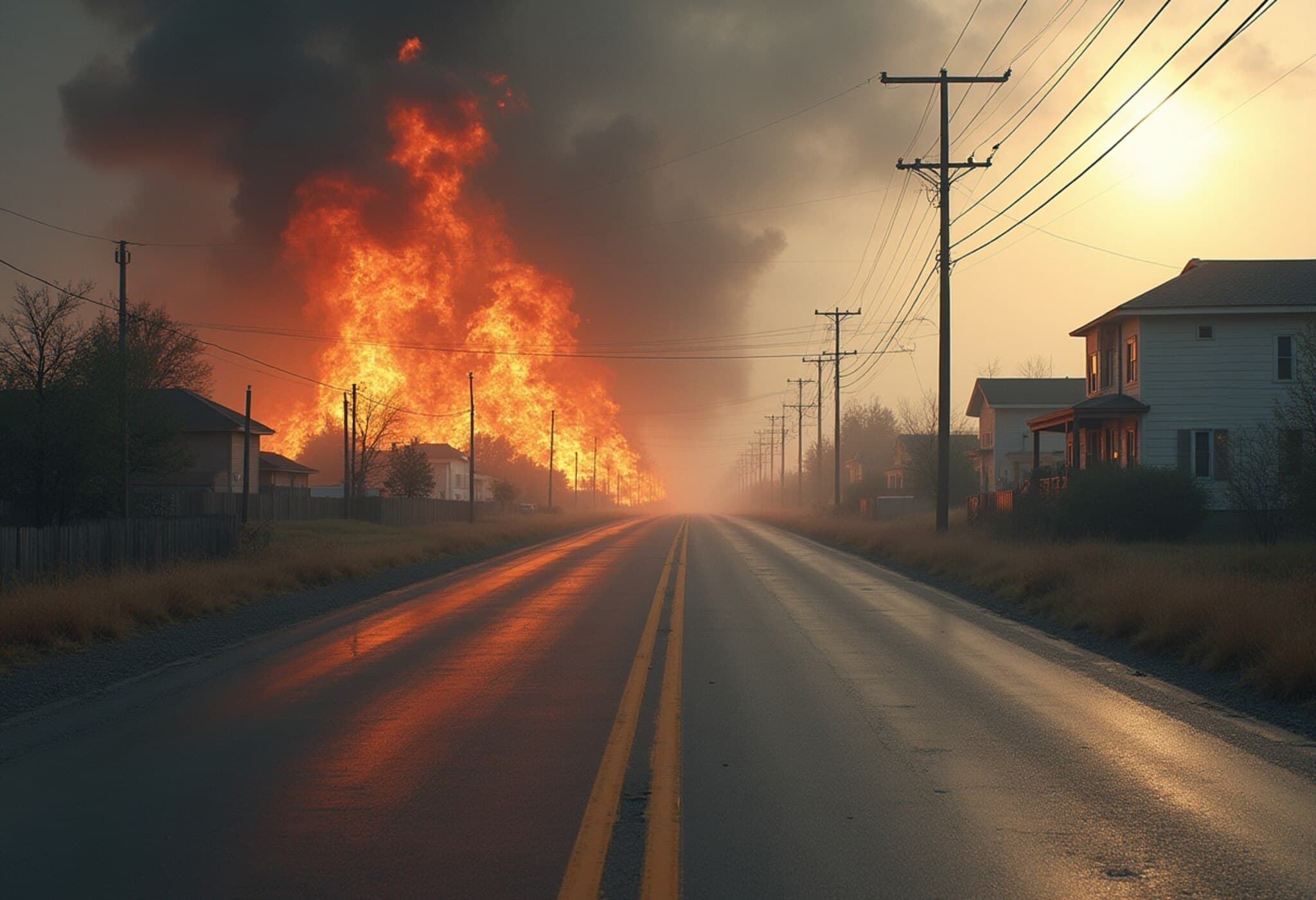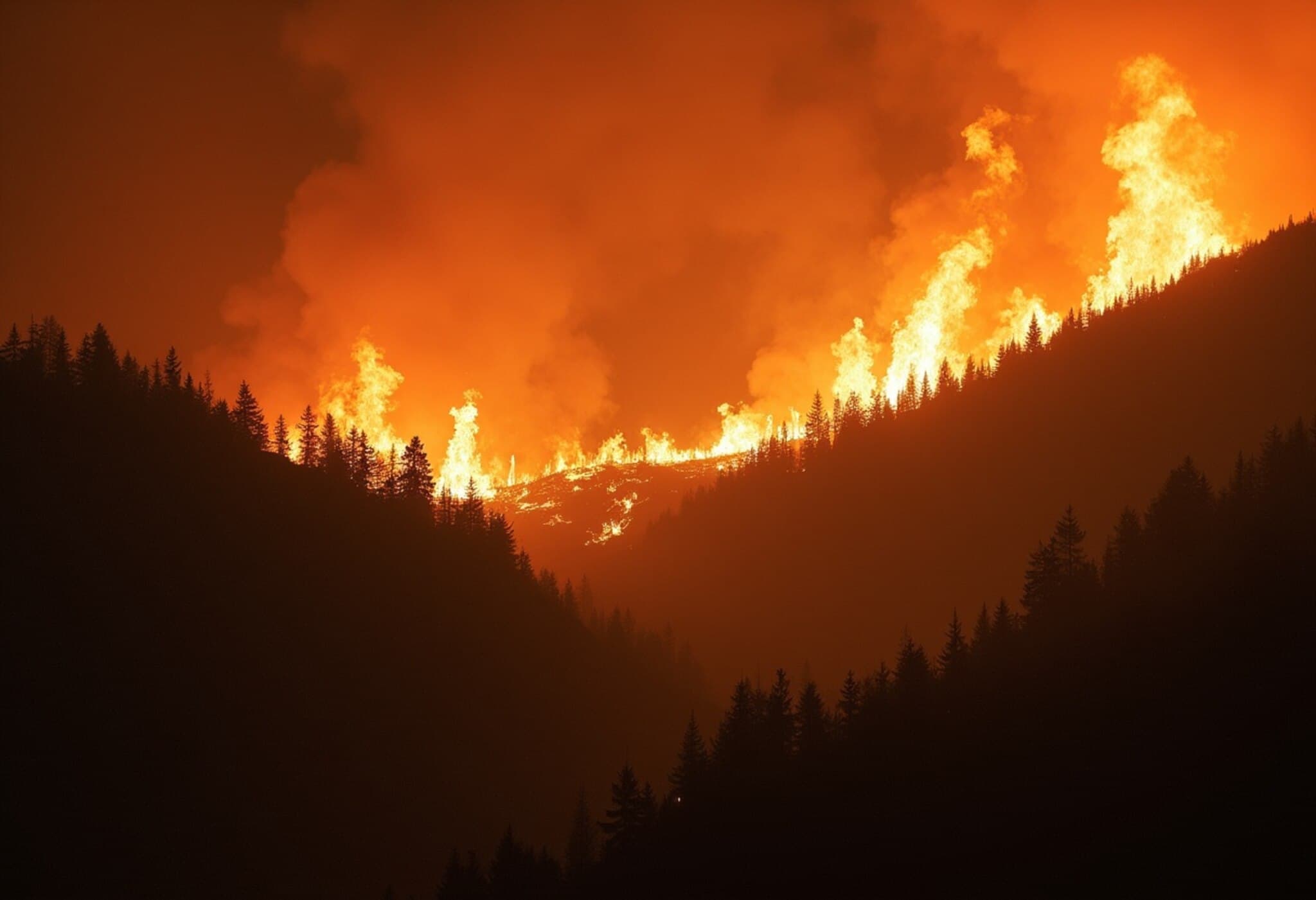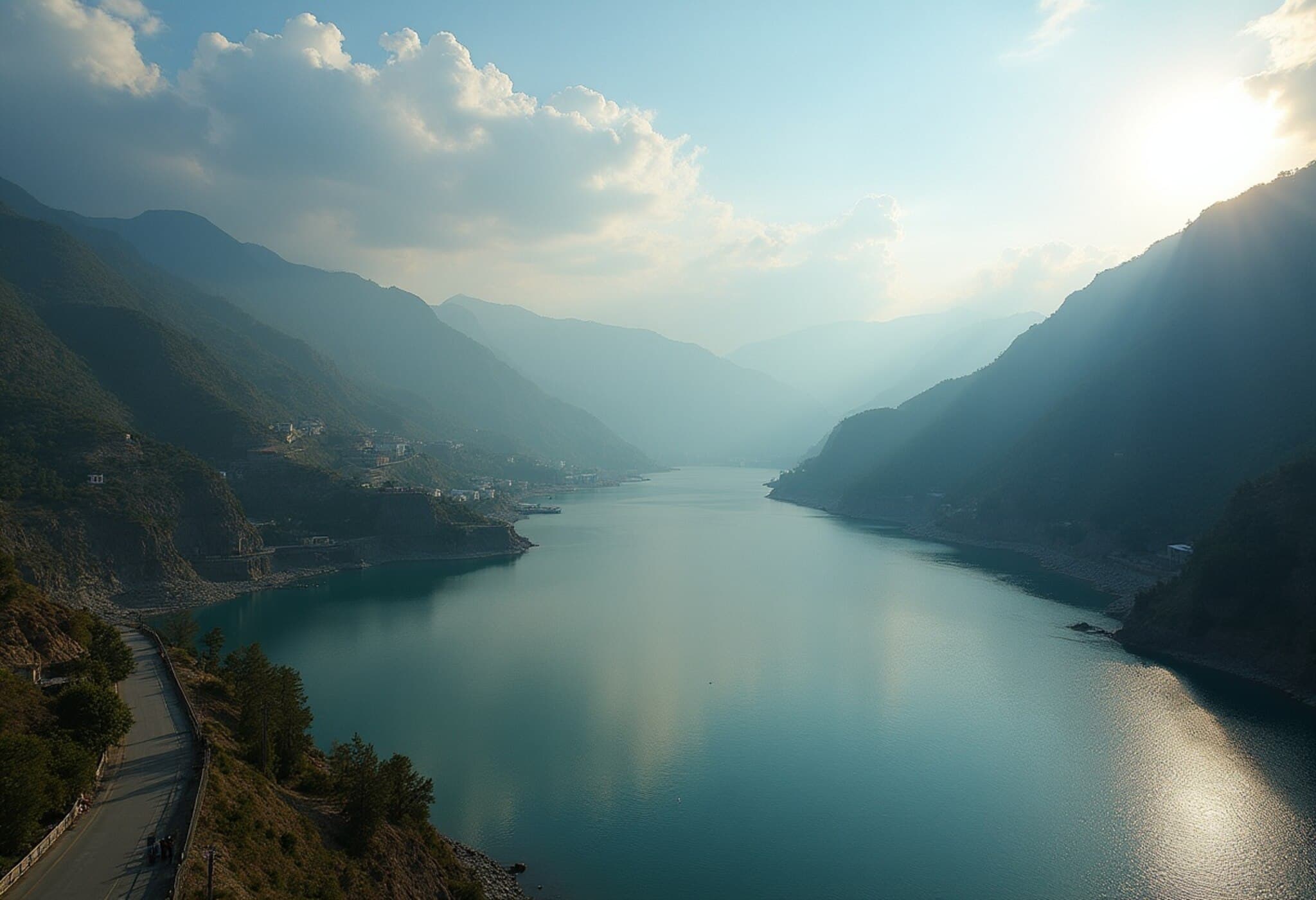Record-Breaking Early Heat Dome Sweeps Across Eastern US
This week, a powerful heat dome, one of the strongest in recent memory, has settled over the eastern United States, unleashing intense heat waves with temperatures soaring into the triple digits in cities unaccustomed to such early-season extremes.
Unprecedented Heat Ahead of Summer’s Peak
The timing of this brutal heat wave is particularly concerning, striking major metropolitan areas like Boston, New York City, and Philadelphia before most residents have acclimated to warmer weather. A stubborn high-pressure system is effectively trapping sweltering air originating from the Southwest, which had already pushed temperatures uncomfortably high in the Midwest.
Recent measurements of atmospheric pressure have shattered records, marking one of the most intense heat domes observed for this time of year. Meteorologists warn that temperatures in the Northeast will peak early this week, reaching a dangerous high by Tuesday.
One expert described the situation vividly: "It’s like being trapped in an air fryer — a relentless three-day stretch of oppressive heat that will truly test the endurance of urban residents vulnerable to extreme temperatures."
Widespread Impact: Millions Under the Heat Stress
A staggering 245 million Americans will endure temperatures above 90°F (32°C), while nearly 33 million people are expected to face blistering heat exceeding 100°F (38°C). Areas from Chicago to Pittsburgh, and North Carolina up to New York, are under the highest heat risk warnings.
Unfamiliar origins of the heat add to the urgency — New York City hasn't reached 100°F since 2011, and Philadelphia hasn’t seen consecutive triple-digit days since 2012. The combination of soaring temperatures and humidity intensifies the danger, with heat indices feeling even hotter.
Local Effects: Disruptions and Health Concerns
The heat wave is already straining community resources. In Baltimore, temperatures climbed into the upper 90s, prompting residents to flock to cooling centers. Meanwhile, the city’s historic Broadway Market was forced to close early due to air conditioning failure. Outdoor events, especially those involving children, are being canceled to prevent heat-related illnesses.
Experts emphasize the risks of acclimation lag; abrupt temperature jumps of up to 40 degrees above previous week’s weather can shock the human body, increasing the threat of heat stress.
Climate Change’s Role in Intensifying Heat Waves
This blistering heat wave is not an isolated event but part of a broader trend linked to long-term global warming. Data shows that average summer temperatures across the US have risen by 2.4°F (1.3°C) over the past five decades.
Scientists using climate models estimate that human-driven emissions from burning fossil fuels have made this particular heat wave at least three times more likely, illustrating the direct influence of industrial greenhouse gases on extreme weather episodes.
Humidity: The Hidden Danger
The level of humidity will significantly impact how this heat wave affects communities. Forecasters debate whether dry air will keep the heat slightly more bearable or if sticky, humid conditions will push the heat index dangerously higher.
Rainy springs have left the ground saturated, and as evaporation intensifies under the high-pressure dome, moisture will increase, potentially causing dew points — a measure of atmospheric moisture — to climb into the 70s, even near 80 in some locations, creating a swamp-like, suffocating sensation.
This humid heat makes it feel like "you’re submerged in a swimming pool," in the words of a lead meteorologist, amplifying the risk for heat exhaustion and heat stroke.
Early Heat Shocks the Body
Unlike heat waves later in the season, when people are more physiologically adapted, this early influx of extreme heat comes just days after the summer solstice, increasing the potential for heat-related illnesses. Many residents are caught off guard by the sudden and intense rise in temperature and humidity.
Summary: This week’s unprecedented early heat dome is generating harsh triple-digit temperatures across much of the Eastern US, putting millions at risk. Amplified by human-driven climate change and compounded by humidity, the heat presents significant public health challenges as cities face a prolonged, intense spell of oppressive conditions.

